Out of Time by R.E.M.
Buy Out of Time Following the success of R.E.M.‘s 1988 album Green and the extensive supporting tour which followed, the band took nearly a year to recuperate before reconvening to produce their next […]

Buy Out of Time Following the success of R.E.M.‘s 1988 album Green and the extensive supporting tour which followed, the band took nearly a year to recuperate before reconvening to produce their next […]
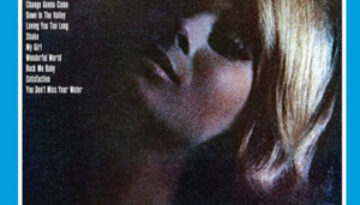
Buy Otis Blue Otis Redding‘s third studio album, Otis Blue/Otis Redding Sings Soul, (most commonly known as simply, Otis Blue) was a commercial success and has been critically acclaimed for the half century […]
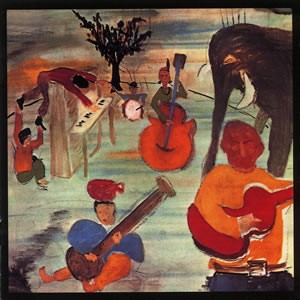
Buy Music From Big Pink After a decade of touring as a backing group for other artists, The Band released an incredible debut with Music from Big Pink in 1968. By blending their […]
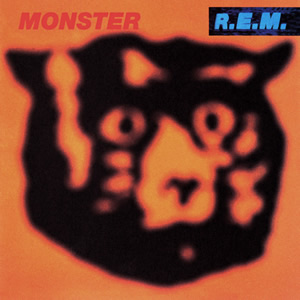
Buy Monster R.E.M. found great commercial success with their two early nineties releases, Out of Time and Automatic For the People. Still, the group made a concerted effort to rapidly evolve their sound […]

Buy Little Earthquakes Little Earthquakes is the debut solo album of singer/songwriter Tori Amos. It followed the dissolution of her 1980s synth-pop band called “Y Kant Tori Read”, with a batch of a […]
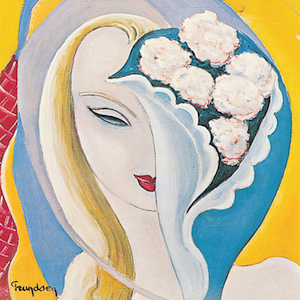
Buy Layla & Other Assorted Love Songs Layla and Other Assorted Love Songs was the sole studio album by super group Derek & the Dominos. A double length LP, the fourteen tracks on […]
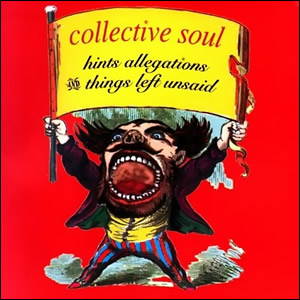
Buy Hints, Allegations, & Things Left Unsaid Perhaps the best sounding “demo tape” of the 1990s (if not all time), Collective Soul forged a great sonic mix on their debut Hints Allegations and […]
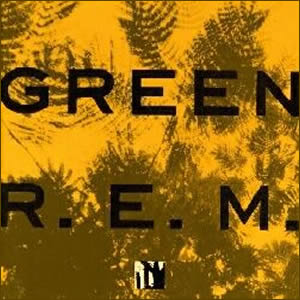
Buy Green Years before alternative was “cool” (in other words, when “alternative” was still alternative), R.E.M. was forging their own way through the super-slick eighties. Their sixth album, 1988’s Green, was the breakout […]

Buy Full Moon Fever This week marked the 25th anniversary of Full Moon Fever, which is listed the first official “solo” album by Tom Petty. However, the circumstances surrounding the production of this […]
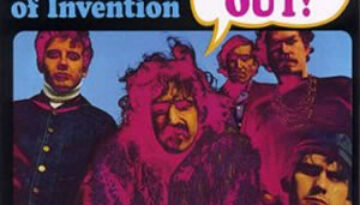
Buy Freak Out! In one of his last interviews, Frank Zappa said, “sounds are for people to listen to,” while summing up all the different types of instruments and objects he used to […]